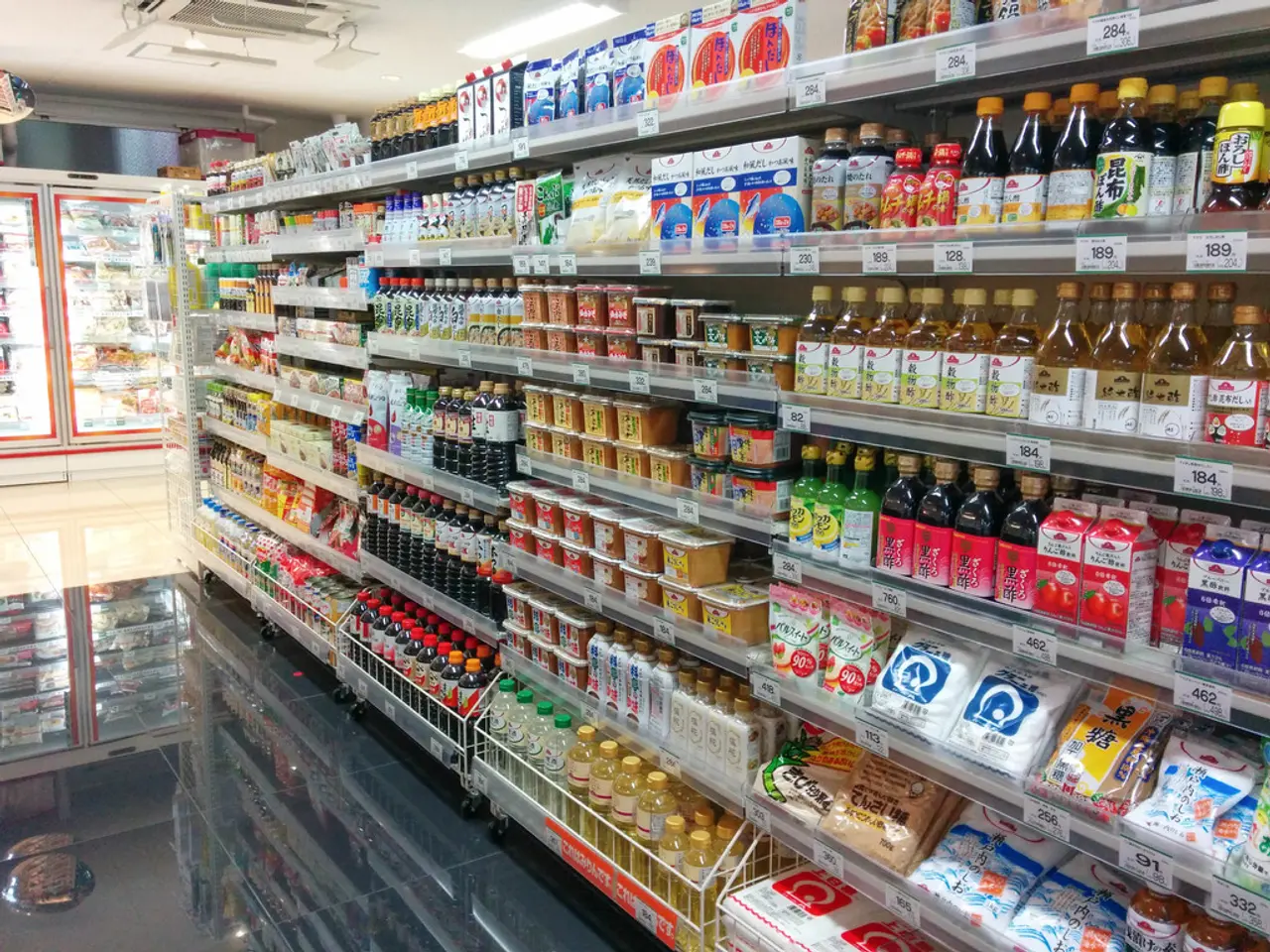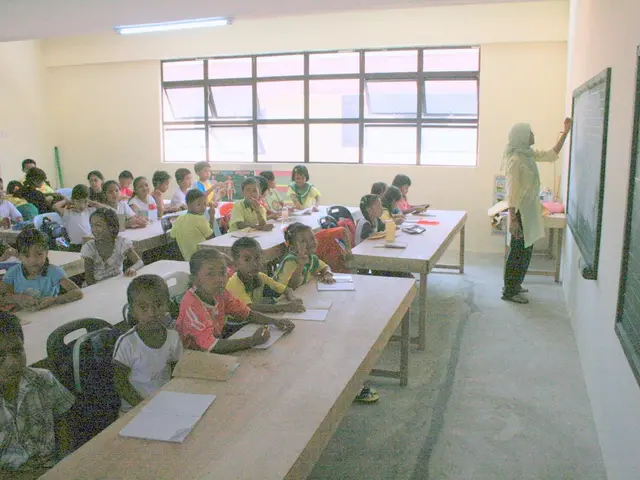Shopping for school essentials starts earlier this year, as Americans strive to circumvent potential tariff implications
In the United States, the back-to-school shopping season is seeing a significant change this year, with families adopting an earlier, more cautious approach due to the impact of tariffs, according to a survey by the National Retail Federation (NRF) and industry analysis.
### Early Shopping Wave
The NRF survey reveals that an unprecedented 67% of back-to-school shoppers had started their purchases by early June 2025, marking a 12 percentage point increase from 2024. This early shopping trend can be linked directly to concerns over tariffs and potential price hikes, as more than half of shoppers (51%) cited these factors as their reason for starting earlier this year.
### Price-Driven Shopping
With the cost of school supplies and books at an all-time high, families are prioritizing affordability. They are turning to discount stores, sales events, and online channels such as Prime Day, Walmart Deals, and Target Circle Week to find the best deals. Despite early starts, 84% of families still have at least half their back-to-school shopping left, with nearly half (47%) waiting for better deals and many planning to spread out their purchases over the summer.
### Online Shopping Dominance
More than half of shoppers (55%) named online as their preferred destination for back-to-school purchases, reflecting a continued shift toward e-commerce, especially during major sale events.
### Total Spending Slightly Up
The NRF predicts that total spending will rise modestly to $39.4 billion this year, up from $38.8 billion last year, despite—or perhaps because of—tariff concerns. This increase in spending reflects an increase in the number of consumers shopping for back-to-school supplies, not individual spending, which is expected to be lower this year.
### Retail Strategies
Retailers are highly focused on affordability and making the shopping experience as seamless as possible for back-to-school items. For instance, Walmart announced lower prices on 14 of the most popular back-to-school supplies compared with last year. Amazon, Target, and Walmart are each offering back-to-school summer sales. Amazon last week completed its four-day Prime Day event, offering thousands of deals on back-to-school items.
### Broader Economic Context
Consumers are navigating both general inflation and the specific, additional costs imposed by tariffs, leading to a more strategic and cautious approach to spending. The season is seen as a litmus test for both family budgets and retailers' ability to offer value in a challenging economic environment.
## Summary Table: Key Survey Findings
| Indicator | 2025 Value | Change from 2024 | Notes | |---------------------------------------|------------------------------------|--------------------------|----------------------------------------------------| | Early shoppers (by June) | 67% | +12 percentage points | Highest since 2018 | | Start early due to tariff concerns | 51% | — | Direct link to tariff anxiety | | Still need most items | 84% | — | Many waiting for better deals | | Most popular shopping channel | Online (55%) | — | Major sales events drive online spend | | Total estimated spending | $39.4 billion | +$0.6 billion | Modest increase despite cost pressures |
In conclusion, the NRF survey and related industry reports make clear that tariffs are a significant driver of earlier and more cautious back-to-school shopping in 2025. Families are actively seeking to mitigate potential price increases by buying early, hunting for discounts, and spreading out purchases. Retailers, in turn, are emphasizing affordability and seamless shopping experiences to attract value-focused shoppers in a season marked by economic uncertainty.
- The 2025 back-to-school shopping season in the United States has seen a significant increase in early shopping, with 67% of shoppers starting by early June, reflecting concerns over tariffs.
- Nearly half of shoppers (47%) are waiting for better deals and many are planning to spread out their purchases over the summer, even though an unprecedented 67% have already started.
- Despite the early shopping trend, total spending is expected to modestly increase to $39.4 billion this year, according to the National Retail Federation, with retailers offering sales events and discounts to attract shoppers.
- More than half of shoppers (55%) named online as their preferred destination for back-to-school purchases, marking a continued shift towards e-commerce, especially during major sale events.
- The cost of school supplies and books is at an all-time high, with families turning to discount stores, sales events, and online channels such as Prime Day, Walmart Deals, and Target Circle Week to find the best deals.
- Consumers are navigating general inflation and specific, additional costs imposed by tariffs, leading to a more strategic and cautious approach to spending, with education-and-self-development, finance, retail, and lifestyle sectors potentially affected.




